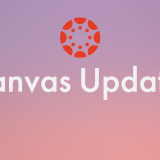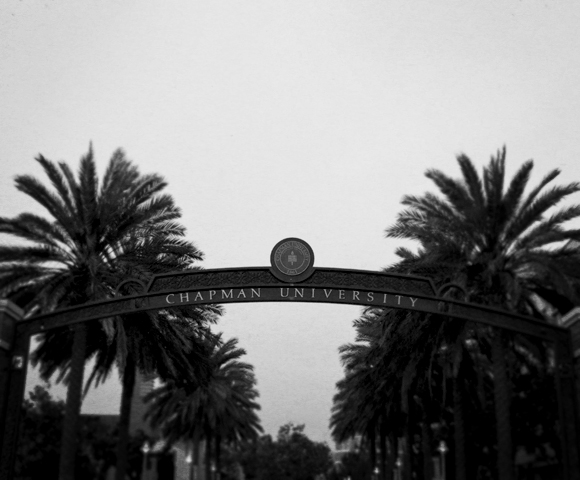What will Scholarship look like in the year 2025? hint: it will be digital
June 16, 2017
 [This post is part of my ongoing series about Digital Scholarship…]
[This post is part of my ongoing series about Digital Scholarship…]
Over the past decade there have been numerous attempts to reimagine the typical scholarly publication practices of authoring journal articles and monographs. An early experiment in this vein was the Vectors journal produced at USC, which used a variety of web technologies to create immersive, interactive “articles.” While no longer itself a viable platform, this effort then spawned the Scalar project, an open-source DIY platform for multimodal scholarly publishing. Then there is the Anthologize project, which is a WordPress plugin for migrating content from “Blog to Book,” which could produce an ebook or PDF output. The CommentPress project, another WordPress plugin, created a “networked book,” which can be used for open “crowdsourced” peer review. And, quite recently, UMN and CUNY launched Project Manifold, a platform for publishing interactive scholarly monographs.
Apart from Vectors, these efforts seem to have one commonality: they are using digital technologies to replicate the basic functionality of either an academic journal or a monograph. Though they add technologies for streaming media, adding comments, and hyperlinking content to create new interactive pathways through the text, they still create an output that is more or less an article or a book. Vectors might be the one exception given that it had pieces that looked nothing at all like a work of traditional scholarship, but its reach was short-lived.
So I’d like to consider what scholarly publication might look like in ten years from now at Chapman University. By then there will be a few steps that will need to occur to accommodate new modes of scholarly outputs:
- Academic units will need to adopt unit criteria for evaluating scholarship that cannot be contained on a page or on a platform that replicates the form of an article or a book. This is an effort which is already nearly a decade-old, but has only been adopted in one or two divisions at Chapman.
- We are fortunate to have a platform (the Chapman ePortfolios) for promotion and tenure that supports digital scholarship via linking, embedding, and streaming. There needs to be an institutional commitment for all future T&P platforms to maintain this requirement.
- The library will need to add an additional platform for the Digital Repository which can accommodate media-rich content. The Digital Commons platform, our current Digital Repository solution, does not support multimodal scholarly outputs.
- Digital Scholarship will need to become the norm rather than the exception, for scholars at all steps of the career ladder. This will mean an institutional commitment to supporting existing faculty in moving their scholarship to digital platforms. This commitment will need to include skilled application specialists and digital infrastructure.
- We need evangelists and compelling examples of digital scholarship to inspire others to follow suit, as well as visionary leaders to champion these efforts.
*I am aware that there are disciplines that already use music and novels and visual art as the basis for marking scholarly productivity, but I am most interested in those disciplines for which traditional modes of publication remain the foundation of a tenure-track career.


